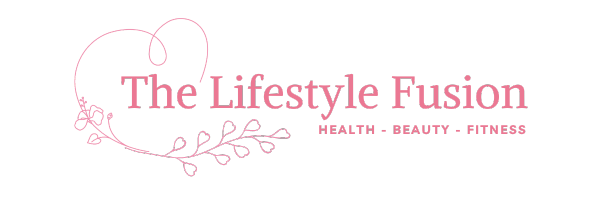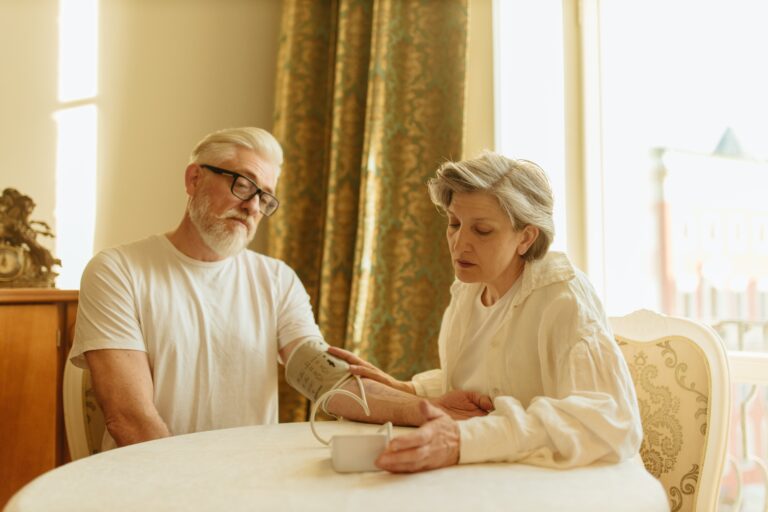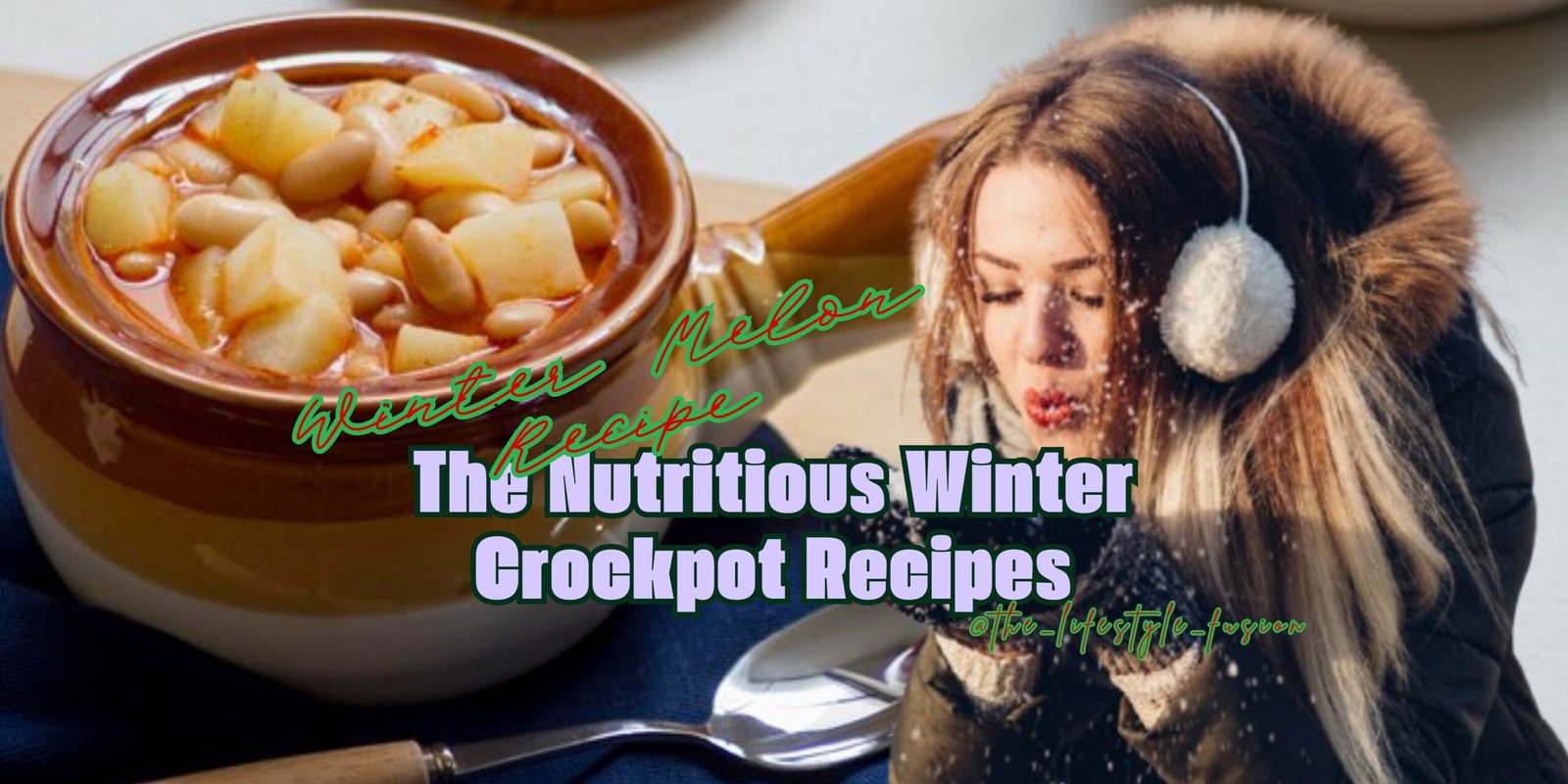Lowering blood pressure instantly at home is challenging, as significant and sustained changes typically require consistent lifestyle modifications and medical guidance. However, certain practices may offer a temporary reduction. Deep breathing exercises, relaxation techniques, and meditation can help calm the nervous system, potentially leading to a short-term drop in blood pressure. Hydration is also crucial, as proper water intake can contribute to blood pressure regulation. Avoiding high-sodium foods, incorporating potassium-rich foods, and practicing portion control are dietary strategies that may provide momentary benefits. Additionally, engaging in physical activity, even if it’s a brief walk, can temporarily lower blood pressure. While these measures may offer immediate relief, it’s crucial to recognize that they are not long-term solutions. For sustained improvement and to address underlying issues, individuals with hypertension should adopt a comprehensive approach, including regular exercise, a balanced diet, stress management, and medical consultation for personalized advice and treatment.
10 Tricks to Lower Blood Pressure Instantly At Home
While it’s essential to note that significant changes in blood pressure usually require consistent lifestyle modifications and medical guidance, there are some practices you can adopt at home that may help lower blood pressure temporarily. Here are eight tricks to lower blood pressure instantly at home including as:
1. Lemon Water
Lemon water is commonly touted for its potential health benefits, and some suggest that it contributes to lower blood pressure. Lemons are rich in vitamin C, antioxidants, and potassium, which are elements associated with cardiovascular health. In case of a hypertension state, take one glass of lukewarm water, squeeze one lemon into it, and see the magical results right away. Immediately, it will help you lower your blood pressure level and it can also contribute to maintaining overall health. Lemon water is associated with improved blood vessel function and flexibility, which can positively influence blood pressure levels. Too much use of lemon can be harmful. Therefore, you can use lemon water only if the lower blood pressure is needed and incorporate lemon water into your daily fluid intake.
2. Garlic Cloves
Chew one or two cloves of garlic that aid you in lowering blood pressure immediately. Garlic has been recognized for its potential role in boosting lower blood pressure and supporting cardiovascular health. Rich in allicin, a compound with various health benefits, garlic is believed to contribute to blood vessel dilation and improved blood flow. The vasodilatory effects of allicin may help relax blood vessels, potentially leading to a reduction in blood pressure. While the impact of garlic on blood pressure is generally modest, incorporating it into a balanced diet can be a flavorful and heart-healthy choice. Garlic can be enjoyed in various ways, including raw, cooked, or as a supplement. However, it’s essential to note that individual responses may vary, and excessive garlic intake may have side effects or interact with certain medications. Consulting with a healthcare professional is advisable, especially for those with specific health concerns. Including garlic in a diet that emphasizes whole foods, fruits, vegetables, and other heart-healthy components can contribute to overall cardiovascular well-being. As with any dietary change, moderation and personalized guidance are key to maximizing the potential benefits of garlic for blood pressure management.
3. Ginger Juice
Ginger juice can work for lowering blood pressure fast due to its potential health benefits. Ginger contains active compounds like gingerol, which have demonstrated anti-inflammatory and antioxidant properties. These characteristics may help relax blood vessels, improve blood circulation, and reduce oxidative stress, contributing to a potential decrease in blood pressure. Still, it’s pivotal to note that while some studies suggest a positive impact of ginger on blood pressure, more research is needed to establish conclusive evidence. Moreover, individuals with existing medical conditions or those taking medication for blood pressure should consult with a healthcare professional before including ginger juice in their routine, as it may interact with certain medications or conditions.
4. Dark Chocolate
Ingest of dark chocolate can help you lower blood pressure instantly. Because dark chocolate is a delightful and potentially beneficial treat for those looking to support lower blood pressure. Dark chocolate, particularly varieties with high cocoa content (70% or more), contains flavonoids, which are plant compounds with antioxidant properties. These flavonoids may contribute to the dilation of blood vessels, improving blood flow and temporarily lowering blood pressure. While the effects are relatively modest, enjoying a small amount of dark chocolate in moderation can be part of a heart-healthy diet. It’s essential to choose dark chocolate with minimal added sugars and to consume it in moderation, as excessive intake can lead to unwanted calorie and sugar consumption. As with any dietary recommendation, individual responses can vary, and it’s advisable to consult with a healthcare professional for personalized advice, especially for those with underlying health conditions or concerns. Including dark chocolate as part of a balanced diet, rich in fruits, vegetables, and whole grains, can add a touch of enjoyment while contributing to overall cardiovascular well-being.
5. Beetroots Juice
In recent years, beetroot juice has gained attention for its potential benefits in promoting lower blood pressure. One glass of beetroots juice can take you to lower your blood pressure level just in one minute. Beetroot is naturally rich in nitrates, which the body can convert into nitric oxide, a compound known for its vasodilatory effects that help to relax and widen blood vessels. This relaxation of blood vessels may lead to improved blood flow and a subsequent reduction in blood pressure. Consuming beetroot juice has been associated with a modest but noticeable decrease in blood pressure levels, particularly systolic blood pressure. While beetroot juice can be a refreshing addition to a healthy diet, it’s essential to be mindful of individual responses and potential interactions with medications. As with any dietary change, individuals with specific health concerns or conditions should consult with a healthcare professional for personalized advice. Incorporating beetroot juice into a balanced diet that includes a variety of fruits, vegetables, and other nutrient-rich foods can be a flavorful and potentially beneficial way to support cardiovascular health.
6. Hydration
An adequate water intake is crucial for blood volume to be maintained, and the heart can pump blood more efficiently. Dehydration, on the other hand, can lead to a temporary increase in blood pressure. While individual hydration needs vary, a general guideline is to aim for at least eight 8-ounce glasses of water daily. This amount can be adjusted based on factors such as age, weight, climate, and physical activity levels. It’s important to note that excessive fluid intake should be avoided, especially in individuals with certain medical conditions. By prioritizing hydration as part of a healthy lifestyle, individuals can positively influence blood pressure and contribute to overall cardiovascular well-being. As with any health-related advice, consulting with a healthcare professional can provide personalized recommendations based on individual health needs and circumstances.
7. Deep Breathing and Relaxation Techniques
Deep breathing and relaxation techniques are powerful tricks to lower blood pressure instantly at home and promote overall well-being for a long period as well. By incorporating these practices into your daily routine, you can effectively manage stress and create a sense of calm. Begin by finding a quiet and comfortable space where you can sit or lie down. Focus on your breath, inhaling slowly through your nose, allowing your lungs to fill with air, and then exhaling gently through your mouth. Consider diaphragmatic breathing, placing one hand on your chest and the other on your abdomen, emphasizing the expansion of your diaphragm as you inhale. Engaging in guided imagery, where you visualize a peaceful scene, can further enhance the relaxation response. These techniques work by activating the body’s parasympathetic nervous system, which helps counteract the effects of stress and may contribute to a temporary reduction in blood pressure. To maximize the benefits, practice these techniques regularly, incorporating them into moments of stress or as part of a daily relaxation ritual. While these methods can provide immediate relief, they are most effective when integrated into a broader lifestyle approach that includes regular exercise, a balanced diet, and ongoing medical care for optimal blood pressure management. Always consult with a healthcare professional for personalized advice and guidance.
8. Physical Activity
Physical activity is a cornerstone of a heart-healthy lifestyle and is instrumental in promoting lower blood pressure. So engaging yourself in exercise or any other physical activity can lead to lower blood pressure. It offers a myriad of benefits, including improved cardiovascular fitness, weight management, and enhanced blood vessel function. Exercise has a direct impact on blood pressure by causing the heart to pump blood more efficiently and promoting the dilation of blood vessels, which, over time, contributes to a reduction in resting blood pressure levels. Both aerobic exercises, such as brisk walking, running, or cycling, and resistance training, like weight lifting or bodyweight exercises, can play a role in blood pressure management. The American Heart Association recommends at least 150 minutes of moderate-intensity aerobic exercise or 75 minutes of vigorous-intensity exercise per week, along with muscle-strengthening activities on at least two days per week. It’s crucial to choose activities that align with individual fitness levels and preferences. Before starting a new exercise program, especially for those with existing health conditions, it’s advisable to consult with a healthcare professional for personalized guidance. By incorporating regular physical activity into one’s routine, individuals can contribute significantly to the maintenance of lower blood pressure and overall cardiovascular health.
9. Potassium-Rich Foods
Consume potassium-rich food to attain lower blood pressure straight away. Incorporating potassium-rich foods into your diet is a valuable dietary strategy for promoting lower blood pressure and supporting overall cardiovascular health. Potassium, an essential mineral, helps balance sodium levels in the body, and maintaining this balance is crucial for blood pressure regulation. Foods that are naturally rich in potassium include bananas, oranges, spinach, sweet potatoes, avocados, and tomatoes. These foods can be easily integrated into a well-balanced diet. Potassium not only helps counteract the negative effects of sodium but also plays a role in relaxing blood vessel walls and improving overall blood vessel function. While dietary potassium is generally beneficial, it’s essential to achieve the right balance between potassium and sodium intake. Consulting with a healthcare professional or a registered dietitian can help individuals tailor their dietary choices to meet their specific health needs. By incorporating potassium-rich foods into a nutritionally sound diet, individuals can contribute to better blood pressure control and reduce the risk of cardiovascular complications.
10. Herbal Teas
Take a cup of herbal tea (such as hibiscus tea, chamomile tea, rosemary tea, etc.) when you want to attain lower blood pressure promptly. Herbal tea is considered to be a popular beverage with potential benefits as rich in antioxidants and flavonoids for lowering blood pressure. Hibiscus tea has been associated with mild but notable reductions in both systolic and diastolic blood pressure. The antioxidants in chamomile tea may contribute to the ability of the tea to relax blood vessels, enhancing blood flow and facilitating a decrease in blood pressure. While the evidence supporting the blood pressure-lowering effects of herbal teas is promising, it’s essential to approach its consumption in moderation. Excessive intake may lead to unwanted side effects, and interactions with certain medications could occur. As with any herbal remedy, it’s advisable to consult with a healthcare professional, especially for individuals with pre-existing health conditions or those taking medications. Including hibiscus tea as part of a varied and balanced diet, along with other heart-healthy practices, may contribute to overall cardiovascular well-being. As with any dietary change, individual responses can vary, and personalized guidance ensures the safe and effective incorporation of hibiscus tea into a lifestyle focused on blood pressure management.
In conclusion, the above tricks to lower blood pressure instantly at home may provide temporary relief. Still, they can be effective permanently if you continue them for sustained lifestyle changes as per professional medical guidelines. However, it’s crucial to recognize that long-term blood pressure management requires consistent efforts, including regular exercise, maintaining a healthy weight, and adopting a balanced diet. Seeking advice from healthcare professionals ensures personalized strategies tailored to individual health needs and circumstances. Instant tricks can complement a broader approach to blood pressure control but should be integrated into a comprehensive and sustainable plan for optimal cardiovascular well-being. By combining immediate strategies with long-term lifestyle modifications, individuals can effectively contribute to lower blood pressure and diminish the risk of associated complications.






